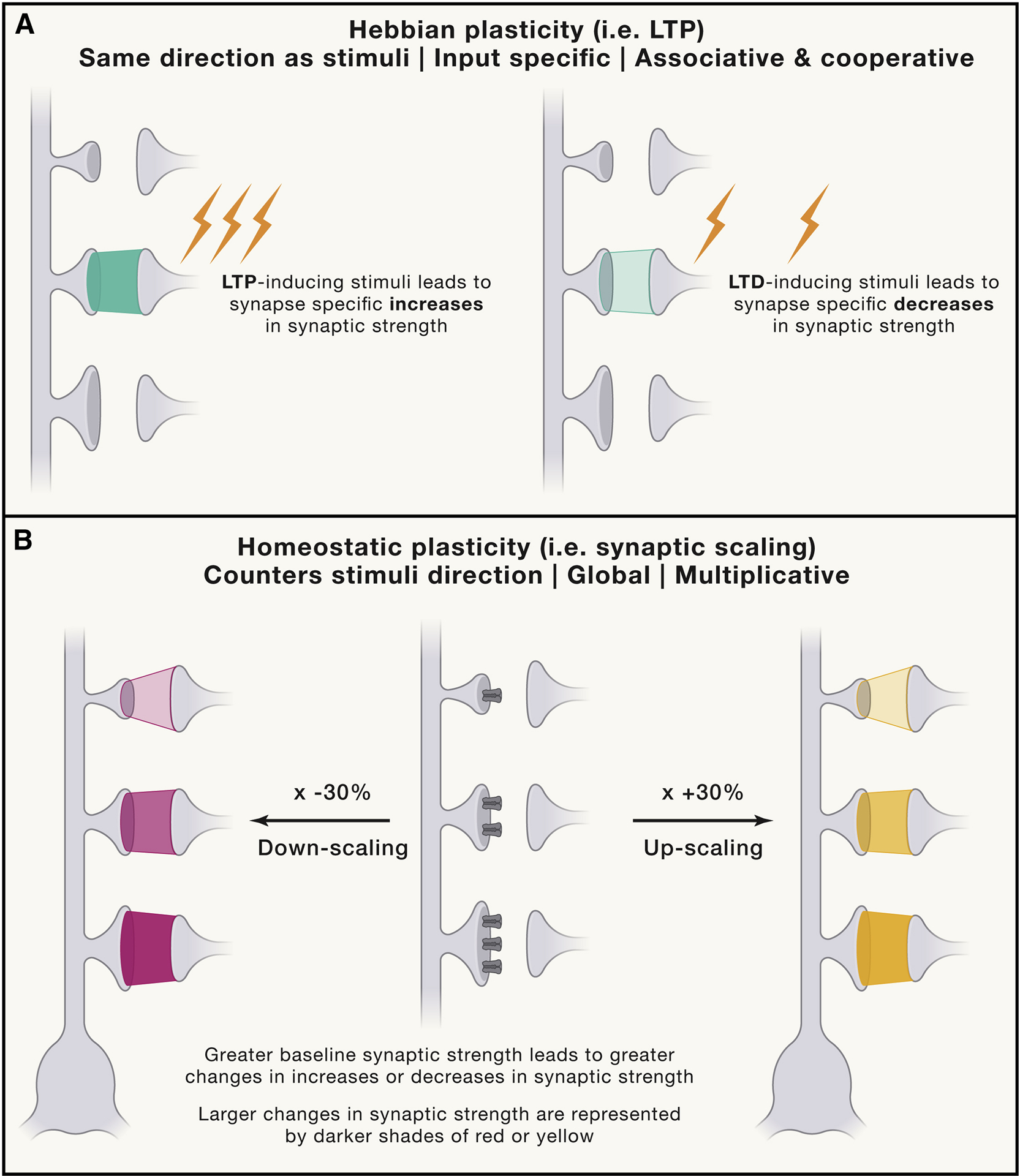Figure 3: Principles of Hebbian vs Homeostatic Forms of Plasticity.

Hebbian plasticity, including LTP, is the most classically studied form of plasticity (A). It occurs in a positive feedback loop, whereby an axon repeatedly and persistently fires to induce an increase in the baseline efficiency of neurotransmission. It is input specific, associative and occurs on a rapid timescale of seconds to minutes. Homeostatic plasticity, on the other hand, counters the direction of stimuli over the course of hours to days to return a neuron to its homeostatic set point (B). This change is global and multiplicative, such that synapses that have a higher efficacy of transmission at baseline will experience a greater change in homeostatic plasticity. This is represented in the figure by synapses with a larger number of receptors having a higher baseline level of transmission. These more efficacious synapses experience a larger change in synaptic scaling upon chronic increases or decreases in activity, as shown by a darker shade of color (red for downscaling, yellow for upscaling) at the synapse.
